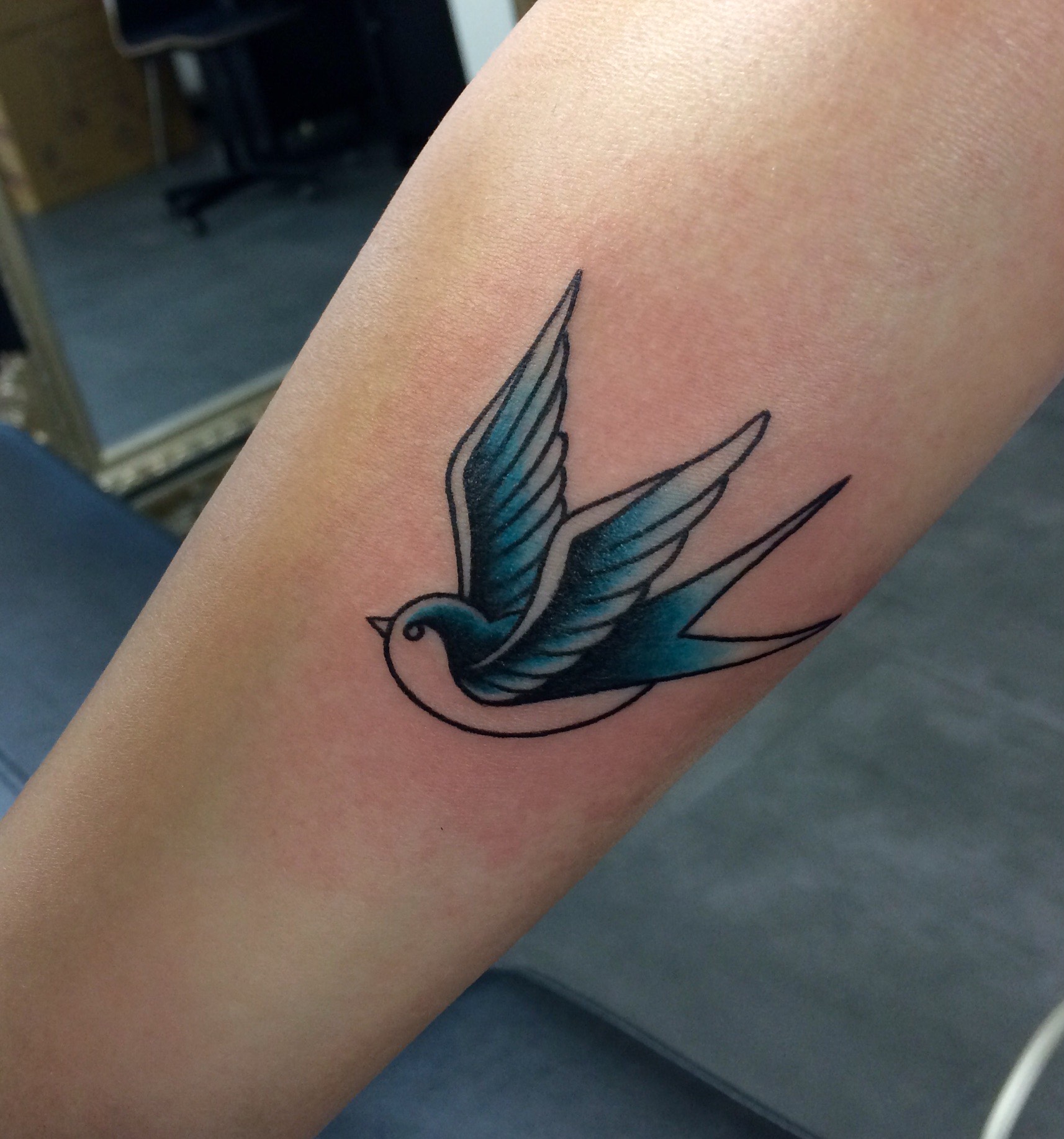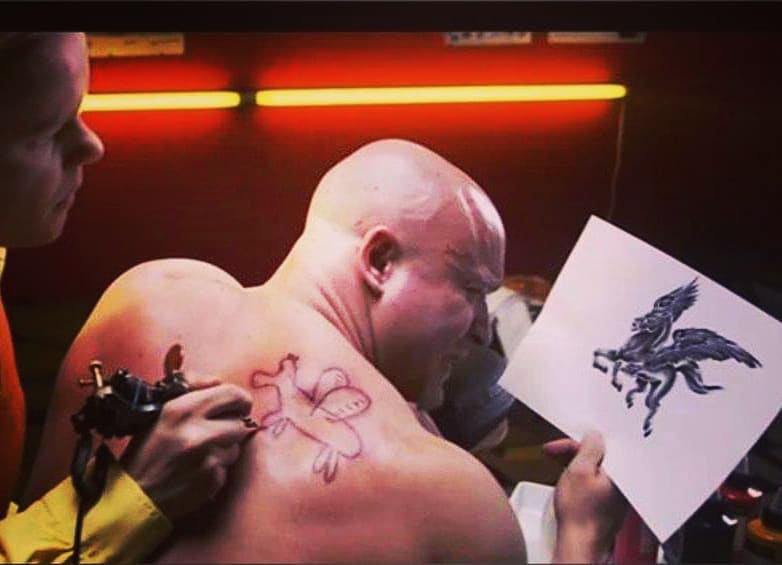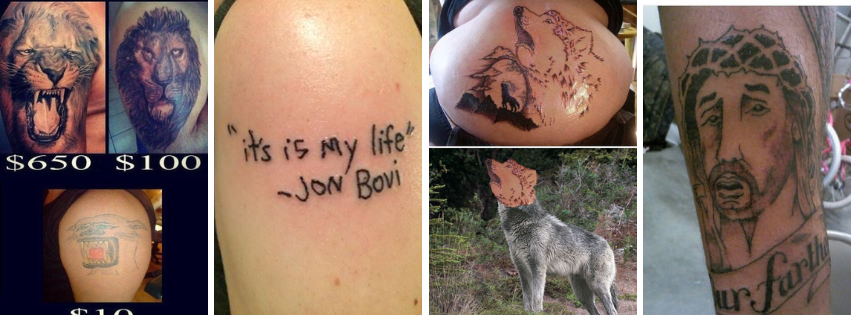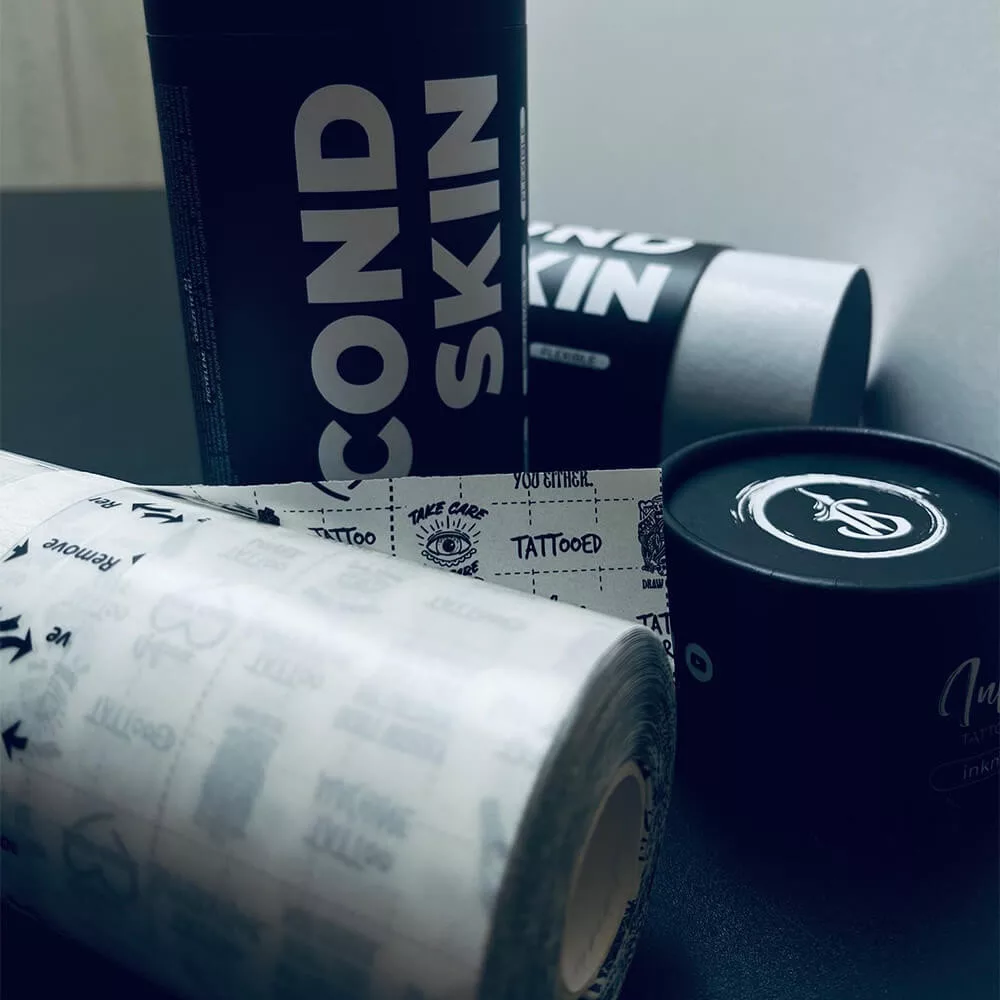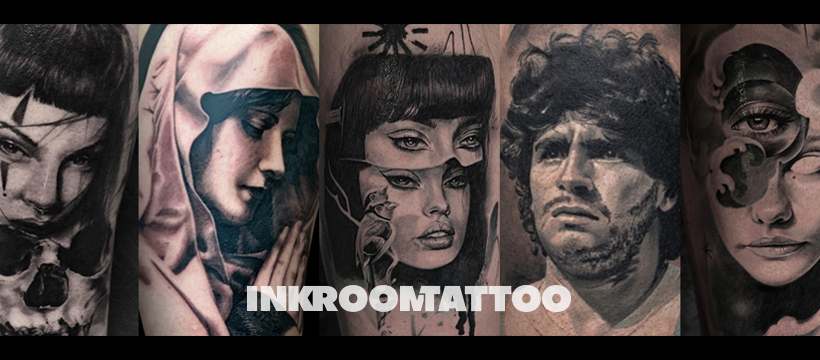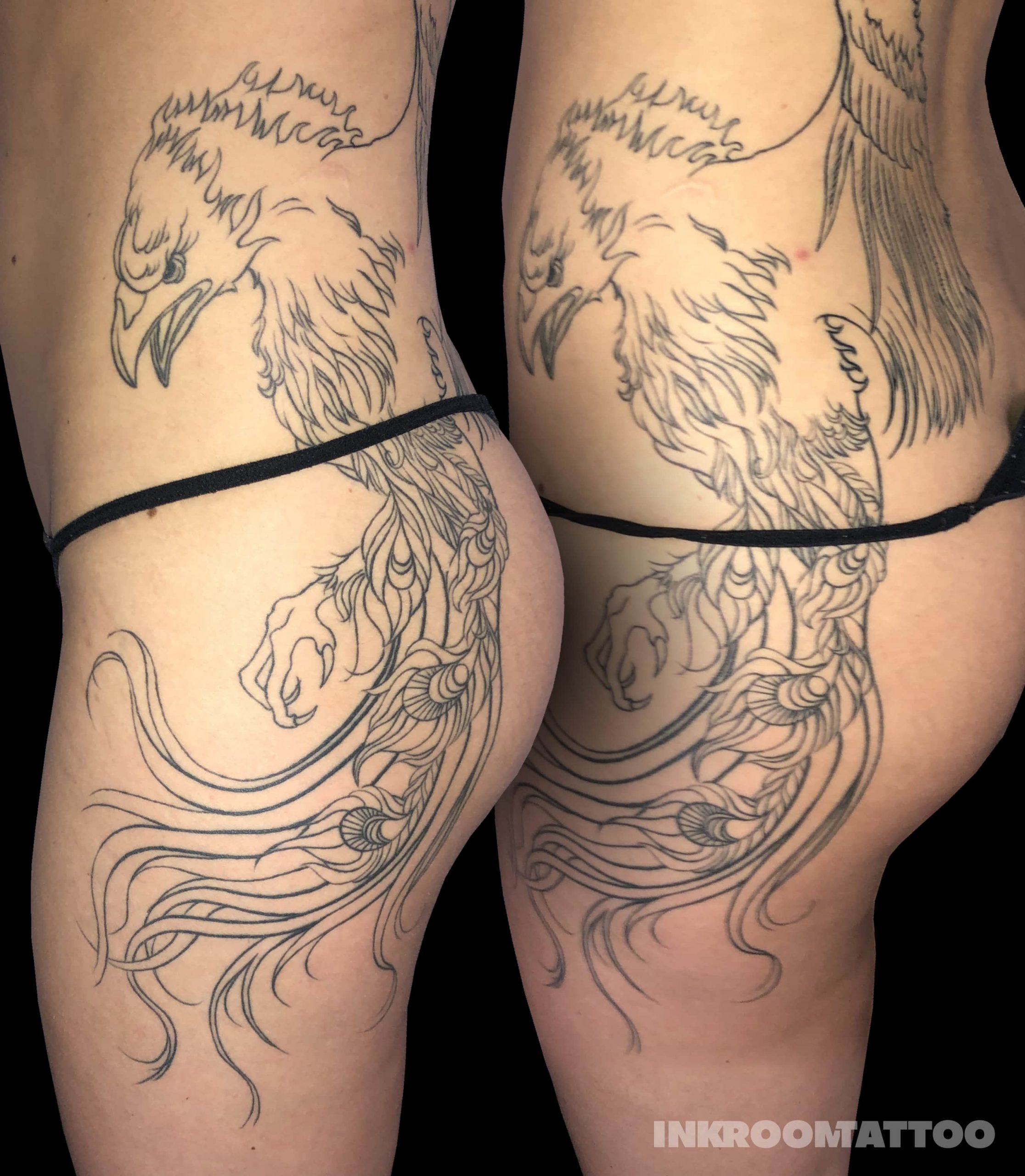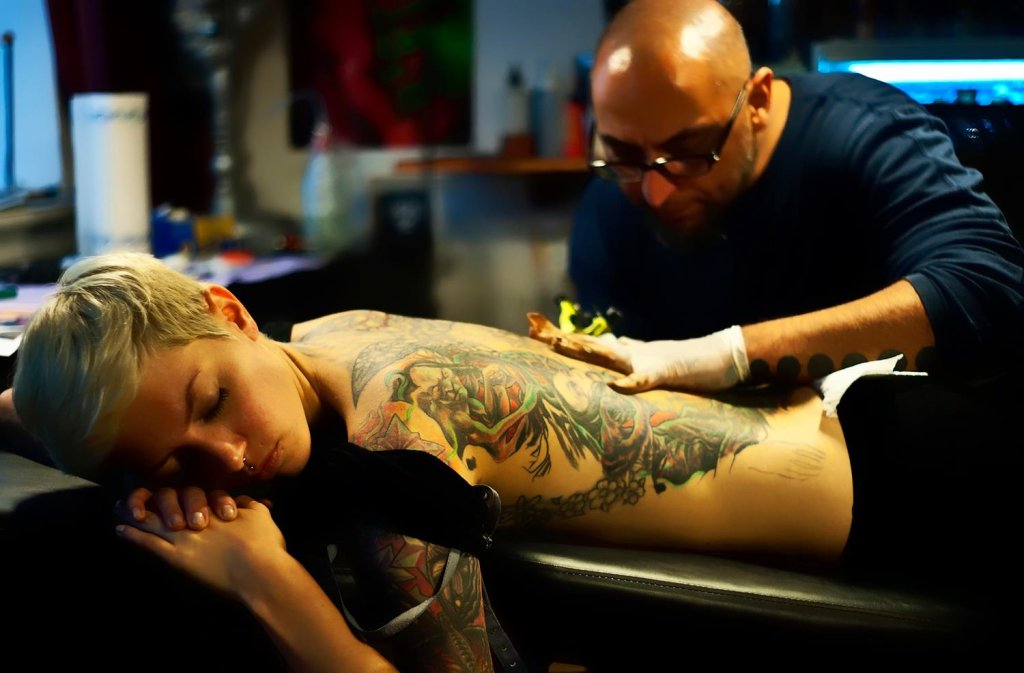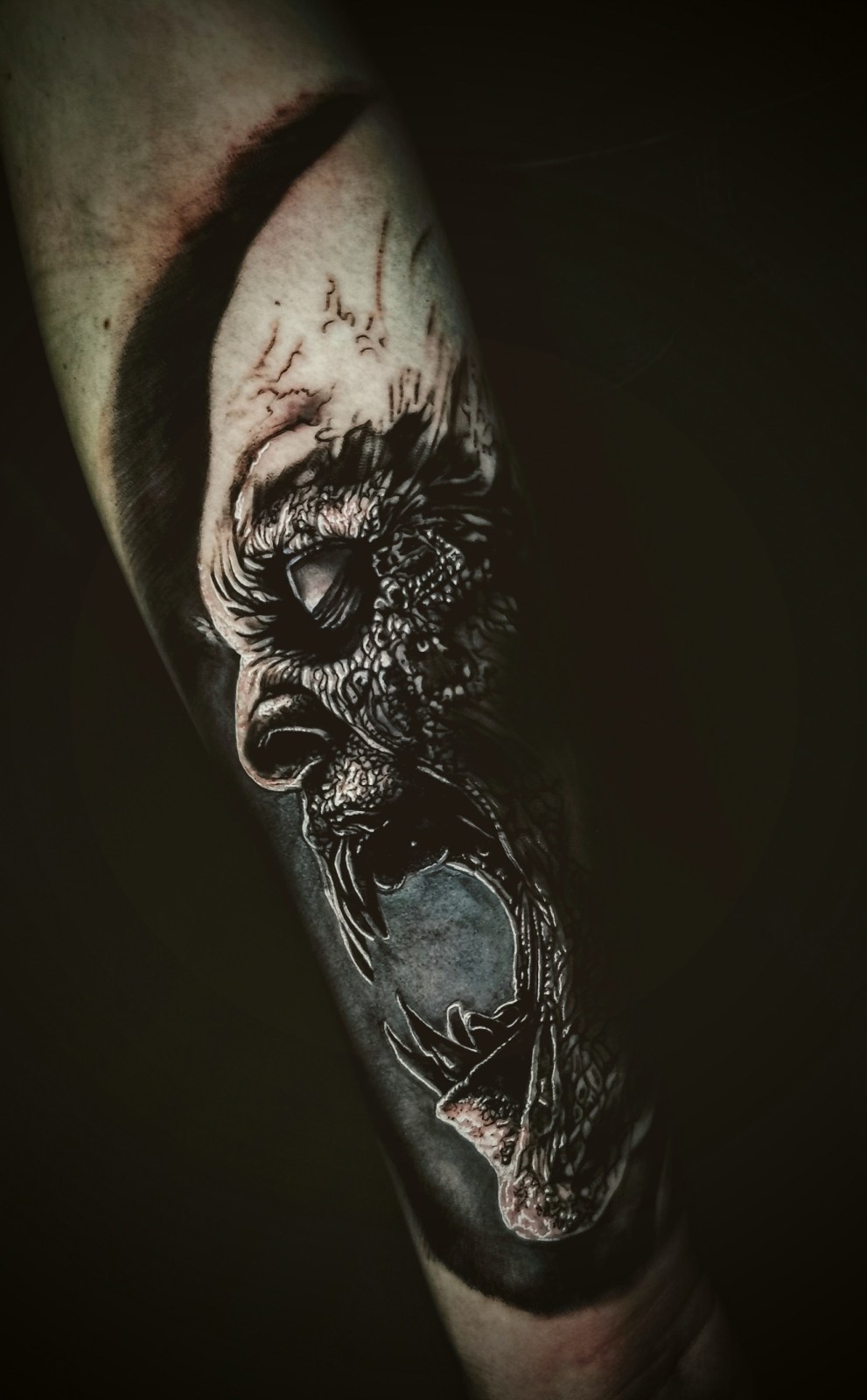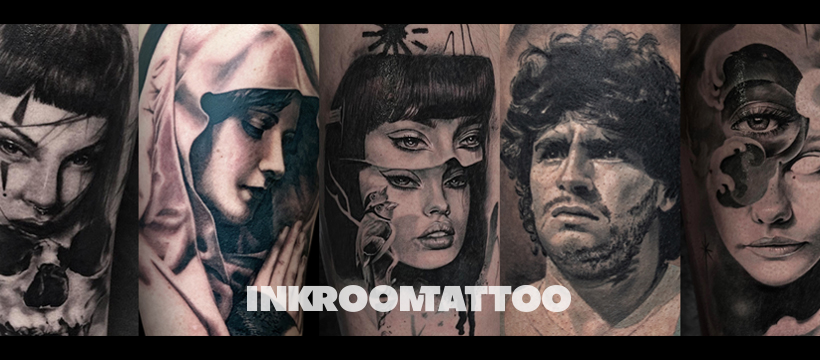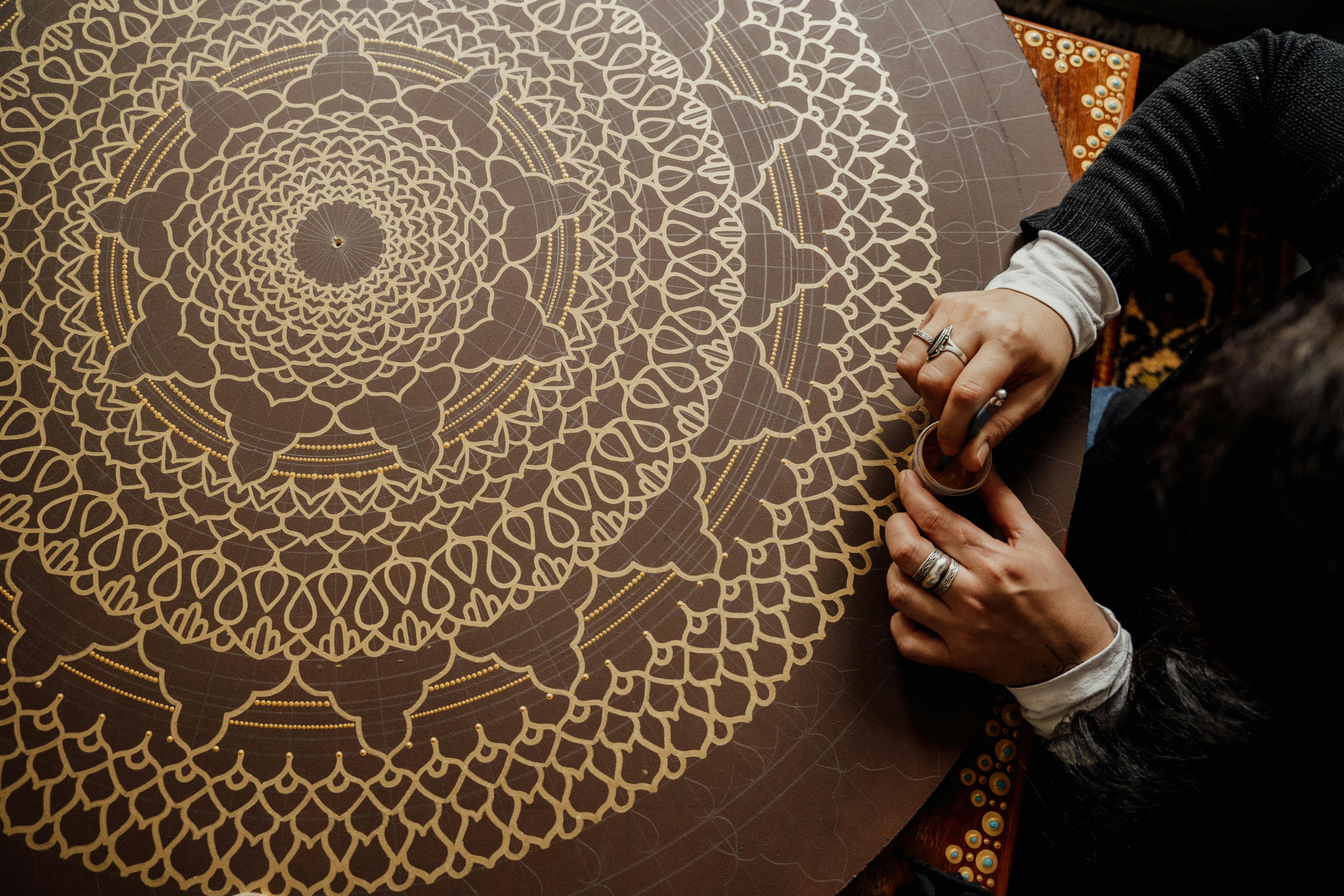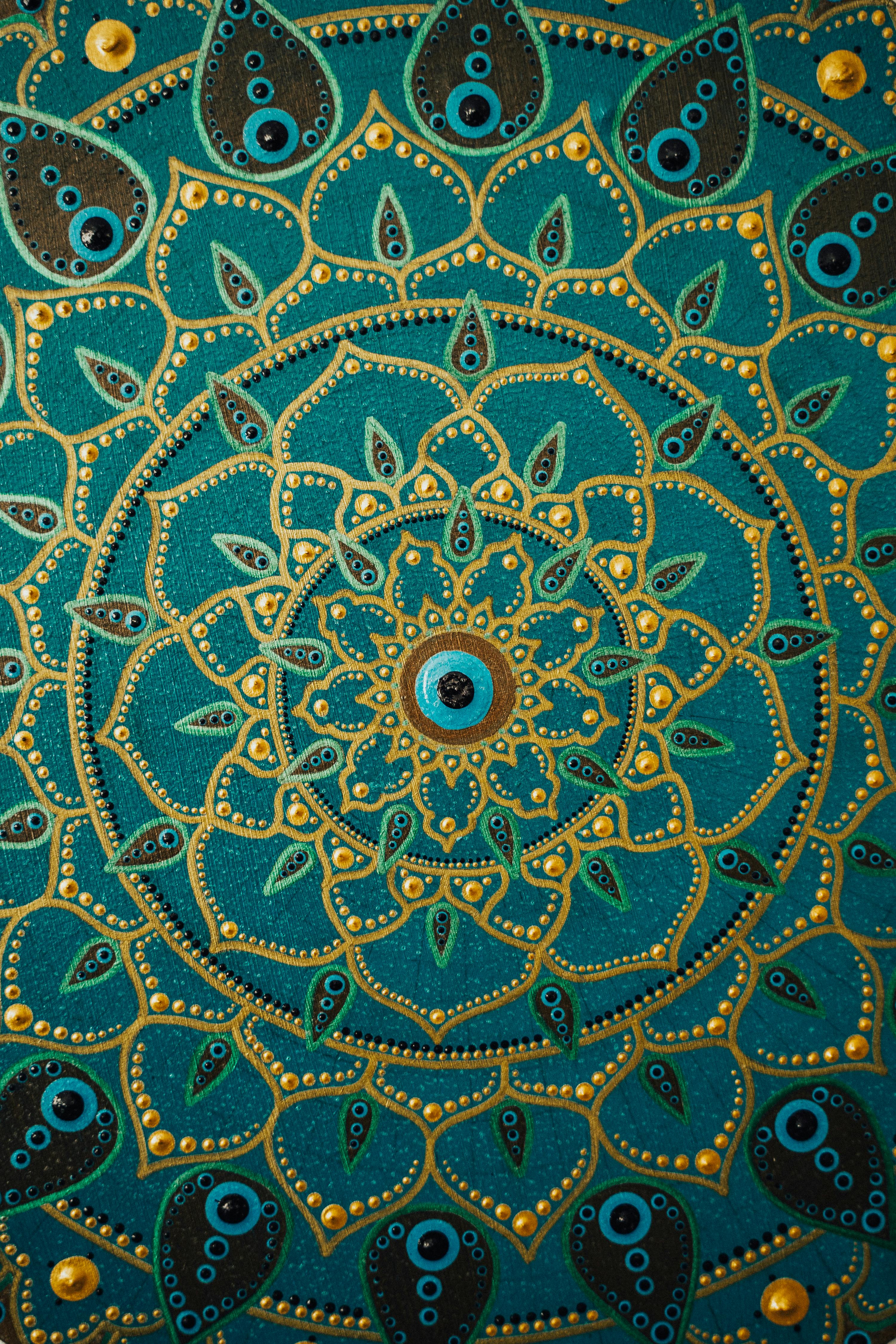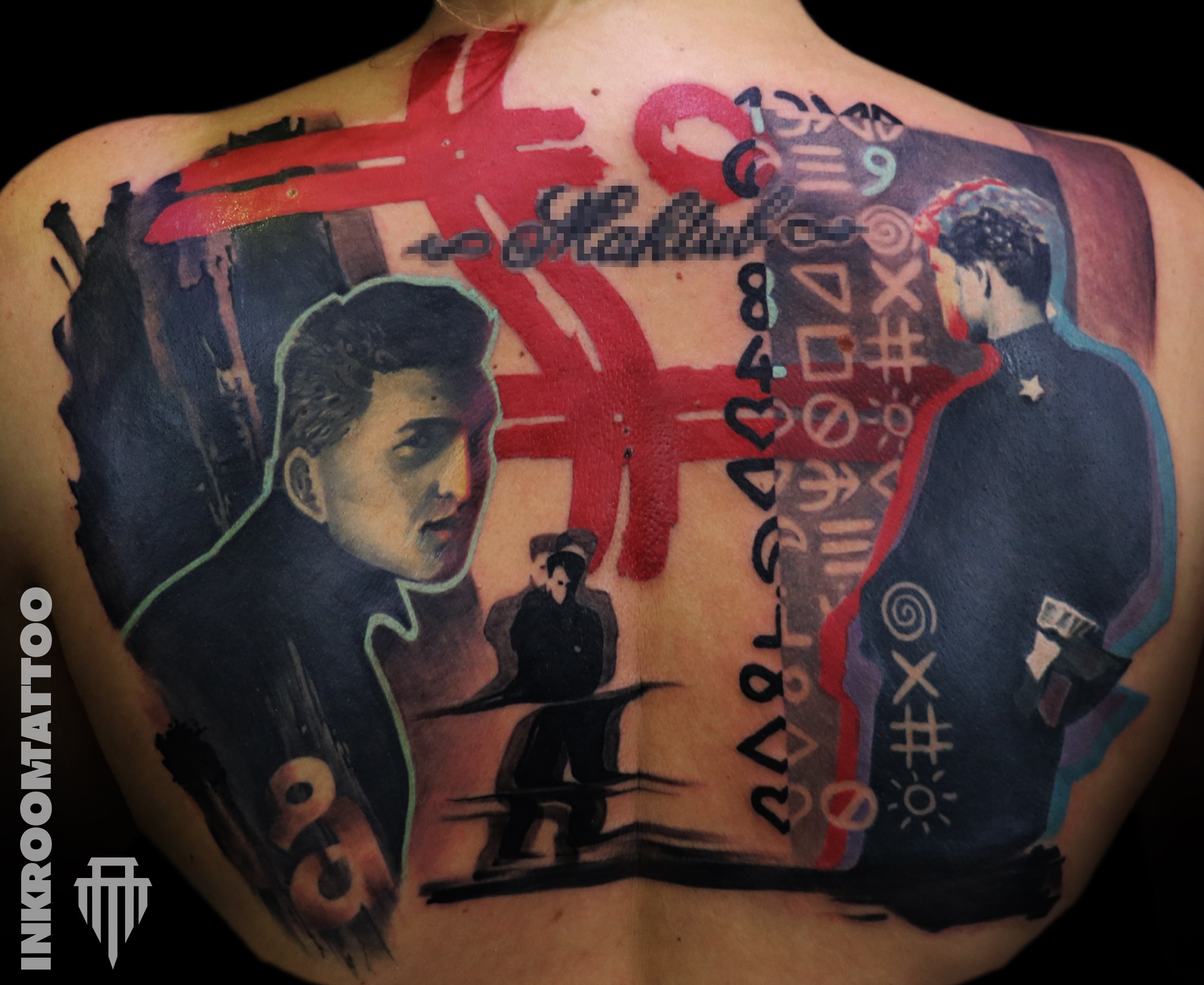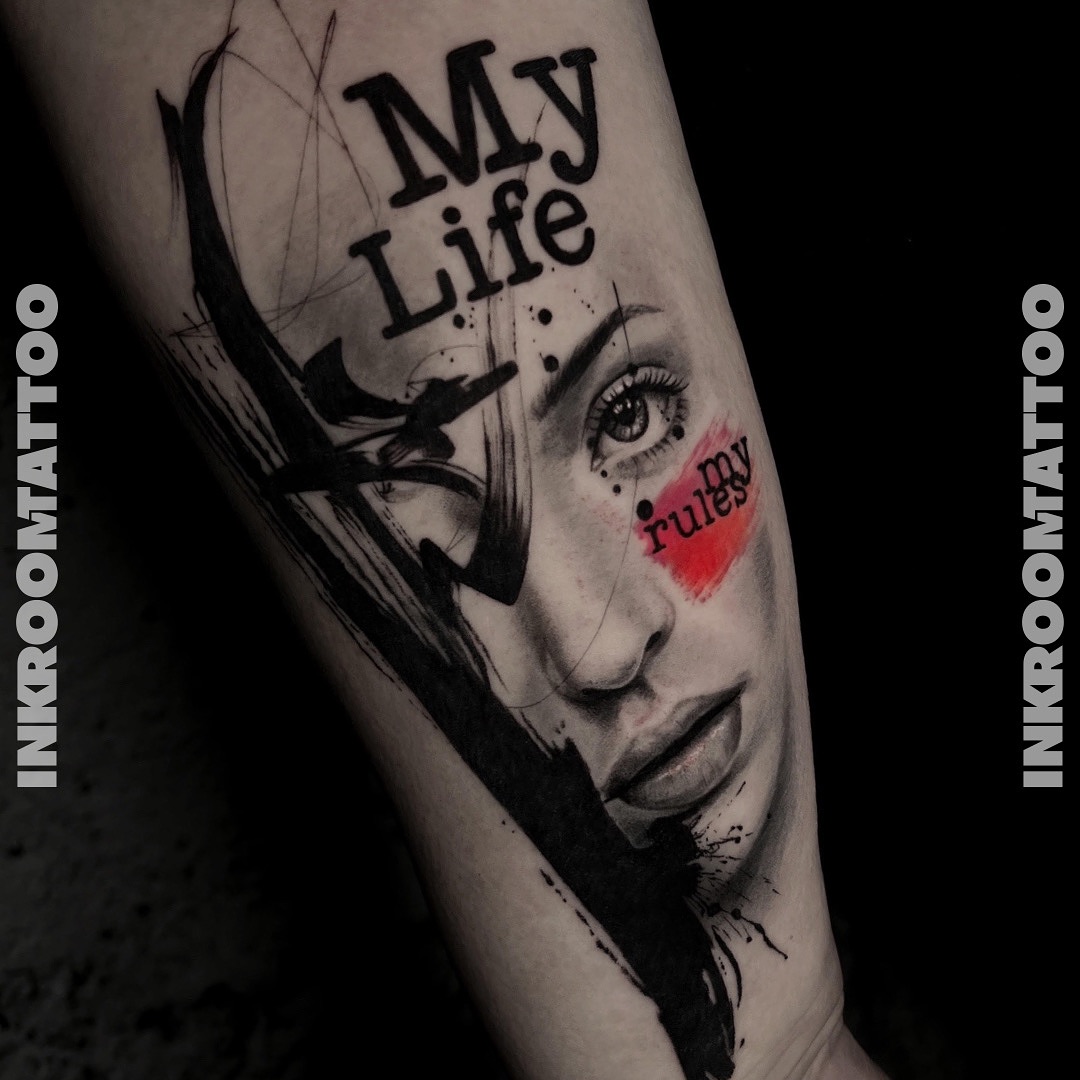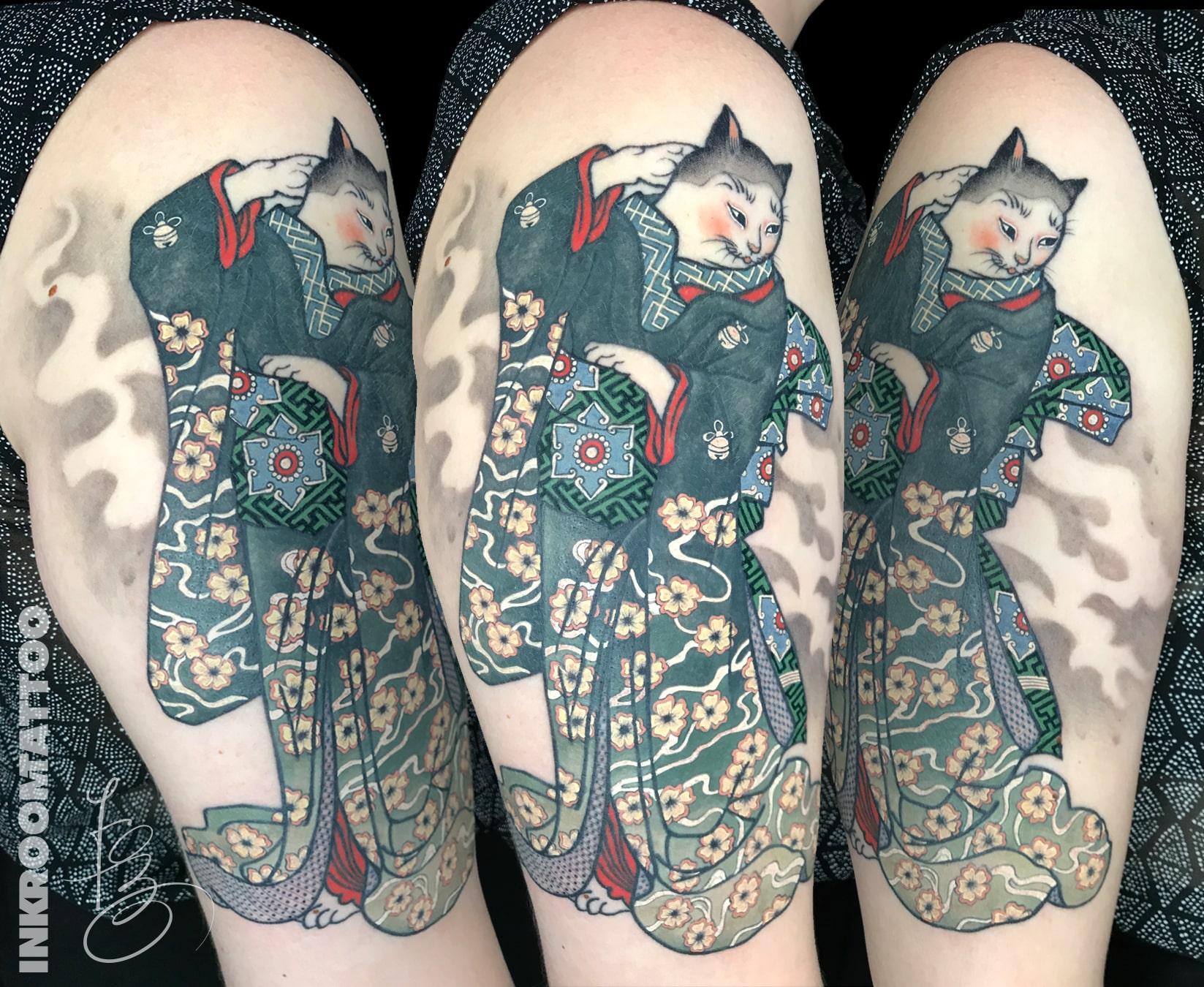What Exactly is a Walk-In Tattoo?
A walk-in tattoo is simple: you walk into a tattoo studio, pick a design, and get inked the same day — no appointment needed. This concept is perfect for those who:
-
Want a tattoo on a spur of the moment,
-
Don’t want to wait weeks or months,
-
Prefer smaller, quick designs,
-
Or simply enjoy making spontaneous decisions.
The concept of walk-in tattoos in Budapest is becoming increasingly popular. You don’t need to go back and forth with the artist over messages, no scheduling hassle — you just walk in and get it done.
What Types of Tattoos Are Suitable for Walk-In?
Small to Medium Designs
Walk-in tattoos are typically small, simple designs, such as:
-
Minimalist symbols
-
Quotes or lettering
-
Flowers, animals, iconic shapes
-
Geometric patterns
-
Matching tattoos for friends or couples
These tattoos usually take between 30 minutes to 2 hours to complete.
Complex Designs? Book an Appointment Instead!
If you're thinking about a large, detailed, multi-session tattoo — like a sleeve, back piece, or full arm — that doesn’t fall under walk-in. These require prior consultation, design planning, and a scheduled appointment.
Where to Get Walk-In Tattoos in Budapest?
1. Inkroom Tattoo Budapest – District V
One of the coolest walk-in tattoo spots in Budapest. Clean, modern design, professional artists who not only tattoo beautifully but help with design choices too.
-
Prices:
18,000 HUF (about €35) for the first 30 minutes, then 9,000 HUF (€17) per extra 30 minutes. -
Bonus: Free aftercare cream for walk-in customers.
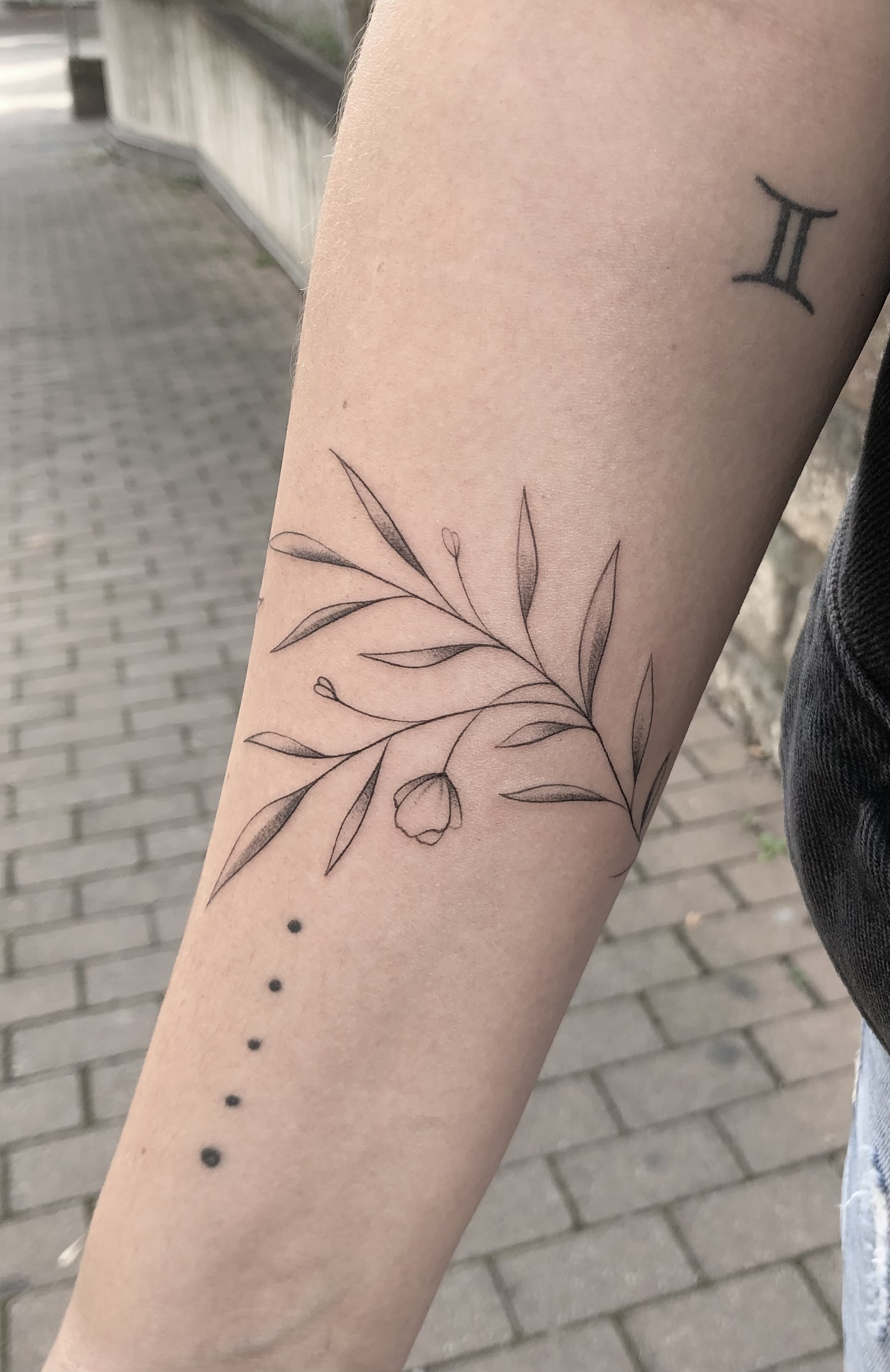
2. Dark Art Tattoo – Erzsébetváros
A darker, alternative-style studio that regularly offers walk-in slots.
3. Magic Tattoo – Terézváros
Young, dynamic vibe. Perfect for quick, small tattoos without the wait.
4. Budapest Tattoo Collective – District VII
They frequently host walk-in days, where multiple artists are ready to work.
5. Rooklet Tattoo – Újlipótváros
Specializing in minimalist designs. Ideal if you want something clean and subtle.
Why Do People Choose Walk-In Tattoos?
-
Spontaneity: No waiting, when inspiration hits, get it done.
-
Flexibility: No appointment required.
-
Fast Solution: Small designs are usually done in under an hour.
-
Transparent Pricing: Walk-in prices are clear and straightforward.
How to Prepare for a Walk-In Tattoo?
1. Have an Idea Ready!
While artists can help, it's better if you come with a clear concept.
2. Arrive on Time!
Even walk-ins might require some waiting, especially on weekends.
3. Don’t Come Hungry!
Tattooing puts stress on the body. Eat beforehand.
4. Rest Well!
Being tired makes the process harder on you.
5. Skip Alcohol!
Alcohol thins your blood, which affects tattoo quality.
How Much Does a Walk-In Tattoo Cost in Budapest?
Typically:
-
18,000–25,000 HUF (€35–€65) for the first 30 minutes.
-
Then 9,000–15,000 HUF (€17–€39) per extra 30 minutes.
A simple text or tiny tattoo usually costs around 20,000–30,000 HUF, while a medium design is about 40,000–60,000 HUF.

Most Popular Walk-In Tattoo Styles in Budapest
-
Minimalist tattoos
-
Fineline (thin line) designs
-
Geometric tattoos
-
Japanese symbols
-
Lettering or quotes
-
Vintage flash designs
Tattoo Aftercare – How to Take Care of a Walk-In Tattoo?
-
Keep it clean: Wash with lukewarm water and gentle soap several times a day.
-
Use aftercare cream: Most studios provide it for free.
-
Don’t scratch: Let the scab dry and fall off naturally.
-
Avoid sun and pools: Stay away for at least 2 weeks.
-
No soaking: Showers are fine, but skip baths, saunas, and hot tubs.
Walk-In Tattoo Pros & Cons
| Pros | Cons |
|---|---|
| Instant tattoo, no wait | You might have to wait if it's busy |
| No appointment needed | Not for large, detailed pieces |
| Fast, flexible process | Limited time and design complexity |
| Affordable, transparent pricing | Less pre-consultation and detailed planning |
Is a Walk-In Tattoo Worth It in Budapest?
If you're looking for something spontaneous, flexible, and quick, walk-in tattoo studios in Budapest are absolutely the way to go. Whether it's a small symbol, a witty quote, or a meaningful mini design, you'll find highly skilled artists ready to help you express yourself.
